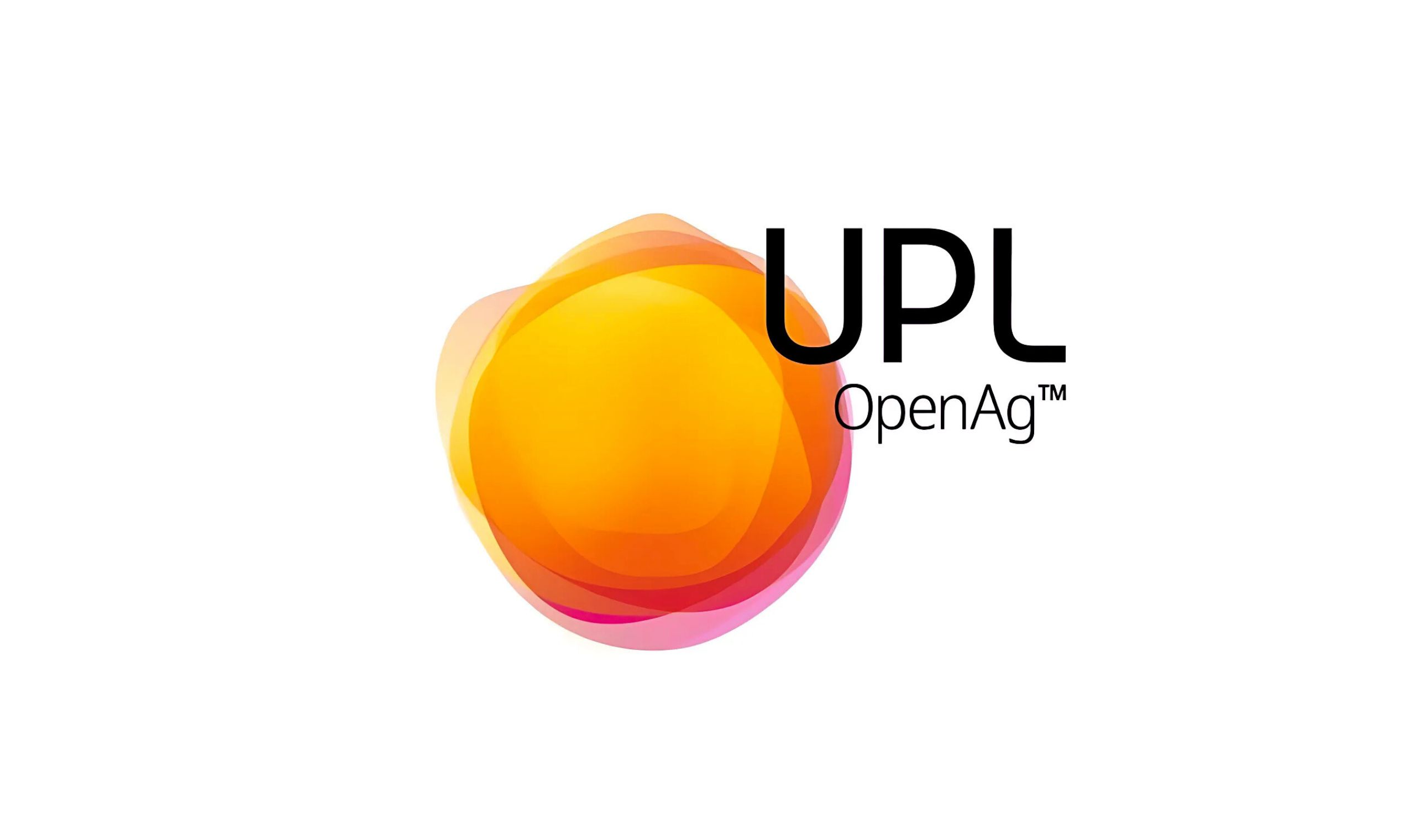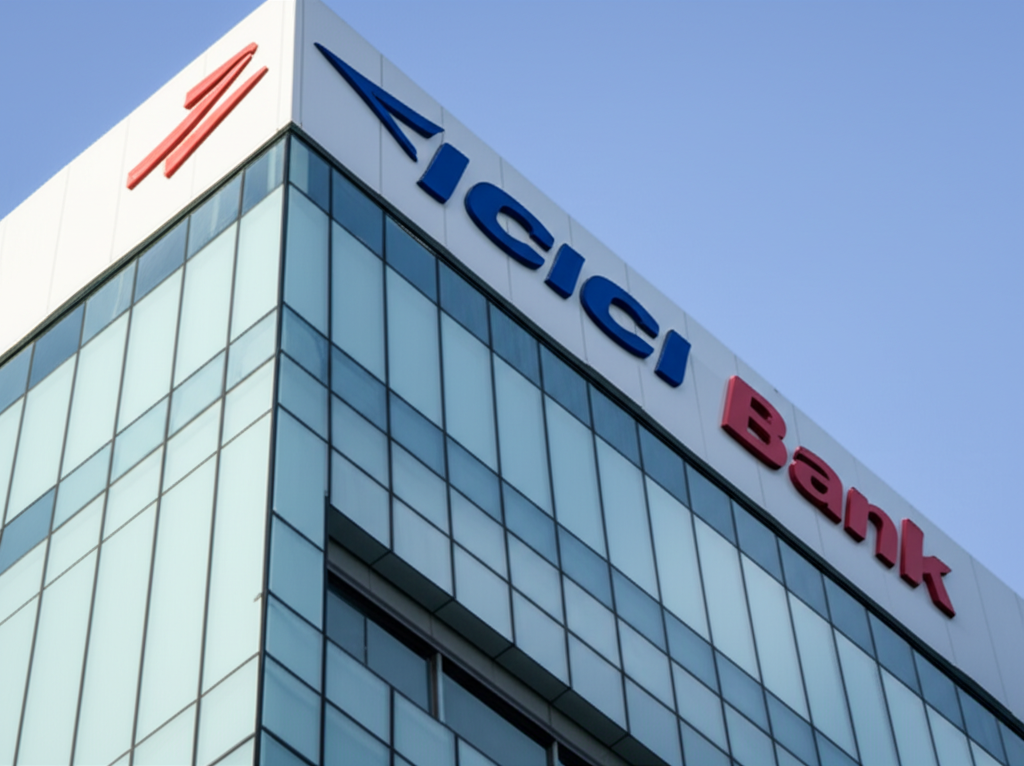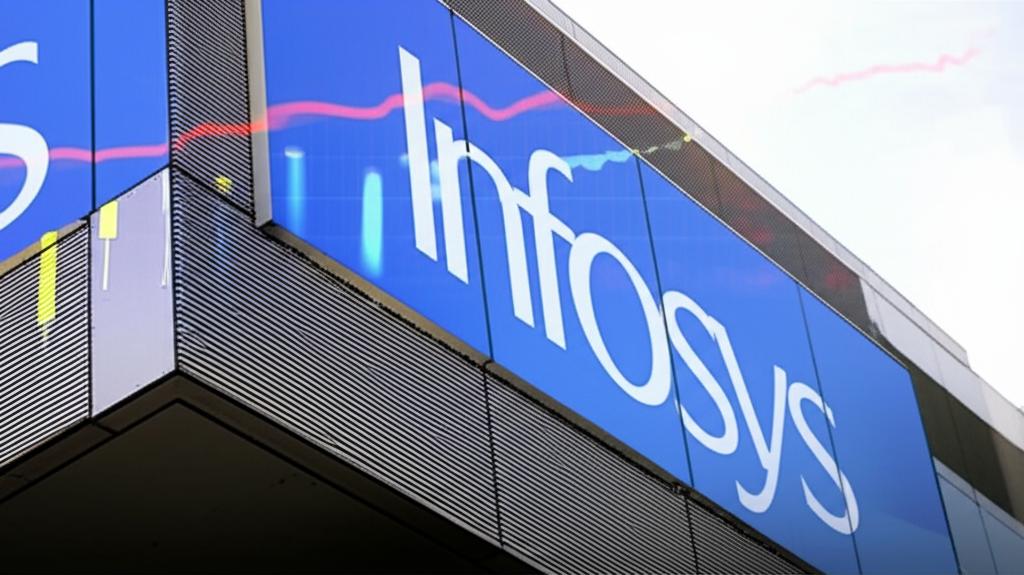The UPL Board will present its rights issue proposal on November 20. A very prudent move in the situation of market volatilities prevailing today. Asia’s largest agrochemical company, UPL Ltd., is moving to one of the most crucial board meetings scheduled for November 20, 2024. The meeting is aimed at finalizing all key features that will accompany the rights issue worth $400 million, including the offer price, entitlement ratio, payment terms, record date, and timeline of the issue. A strategic move would have to be taken against the backdrop of challenging market conditions characterised by pricing pressures and industry volatility.
Rights Issue Details
The UPL board first proposed a rights issue of Rs 4,200 crore in December last year. It has however trimmed this amount to $400 million against its earlier plan to raise $500 million. The adjustment requires a nod from the regulators.
The new rights issue is in line with new SEBI guidelines from mid-July that aimed to simplify the process, reducing the time to completion from an average of 317 days to just 23 days post-approval of the board. An expedited timeline may well provide much-needed liquidity for UPL while it operates in a tough environment.
Q2FY25 Financial Performance: A Mixed Bag
Albeit with limited 9% year-on-year growth in revenue at Rs 11,090 cr in Q2FY25, UPL turns net loss of Rs 443 crore; this time up by Rs 254 cr as compared to a loss of Rs 189 cr in the same quarter in the last fiscal.
1. KPIs on Financial Performance
- Revenue:
Volume was strong at 16% due to some picks up, while demand in the segments increased.
Average prices declined 7% year on year and were also pressured by flat currency effects.
- Pressure on Margins:
The contribution margin fell 220 basis points at 37.7% due to increased competition and pricing pressures in crop protection.
EBITDA remained at Rs 1,576 crore, however with the EBITDA margin falling 130 basis points to 14.2%.
- Pressure on Profitability:
Increased competition and high costs led to lower profitability with revenue growth being outstripped.
Managing the inventory, which is still one of its major concerns, as well as maintaining price stability will continue to be the core issues for the company in the upcoming quarters.
2. Market Reaction and Stock Price
UPL’s stock had indeed fallen after announcing the Q2 earnings, but it soon recovered as the management said that they were still on track to meet the full-year guidance. The current stock price for UPL trades at Rs 660.75 on the NSE and has modestly gained nearly 8% so far this year, trailing the Nifty’s 10% gain over the period.
Over the last 12 months, UPL stock shares have surged by 35%, bettering the 23% advance of Nifty. Even as stocks continue to rise, in the near term, analyst views on the stock are mixed, since the agrochemical market worldwide faces this set of challenges.
- Analyst Opinion on UPL: Analysts Make Mixed Calls on Stock’s Short-Term Outlook
The recent performance from UPL and an upcoming rights issue have portrayed mixed reactions among the analysts. Many seem optimistic about long-term growth, but analysts warn against this optimism because market challenges persist.
- Phillip Capital: Volume growth amid hurdles:
Phillip Capital said UPL reported robust 16% volume growth but raised concerns on inventory level, pricing pressure, and weak demand in the key markets. It expects a gradual recovery in demand by FY25 as global agrochemical markets stabilize.
Kotak Institutional Equities: Keeps “Sell”
It maintained a “Sell” rating on UPL while raising the target price to Rs 430. Kotak Institutional Equities highlighted:
- Earnings Risks:
The current earnings provisions are skewed too high, given that the market recovery is slow.
- Balance Sheet Pressure:
The balance sheet faces severe pressure and significant margin improvement to hit FY25. Now it has revealed under a management possessing a strategic vision that aims for stability and growth.
Management at UPL is still hopeful of getting optimum margins and cash flow through better management of inventories and proper price stabilization. Despite all the individual challenges, the company continued to reaffirm its full-year guidance and reaffirmed its belief in achieving volume growth at about 5% for FY26. The strategic path goes along with expansions across all business lines, particularly in the following areas.
1. Margin Improvement Initiatives
UPL plans to ease margin pressures by optimizing operational efficiencies and stabilizing prices in core markets.
2. Strategic Investments
The company will invest between $4-5 billion in three years in its upstream business and would expect long-term growth.
3. Geographic Diversification
Entry into emerging markets and steady growth in the existing geographies is a core part of the UPL strategy, particularly at a time when over-capacity is a huge cause of concern for China.
Headwinds Ahead: Risks and Concerns
As optimistic as UPL is about the future, several headwinds could weigh on its near-term and longer-term performance:
- Pricing Headwinds:
Overcapacity in the global agrochemicals market-including China-is a structural overhang that continues to exert downward pricing pressures.
- Inventory Management:
Elevated inventory levels continue to pressure profitability and need better management programs.
- Weak Demand in Major Markets:
A slow pick-up in global demand will delay UPL’s growth objectives.
- Balance Sheet Risk:
Elevated levels of debt and the associated balance sheet pressure warrant careful monitoring.
- Regulatory Risks:
The actual time taken by the company to raise capital may get delayed in case of pending feedback from the regulator with respect to the rights issue.
Medium and Long-Term Expectations
1. Short-Term View
For the immediate future, UPL will strive hard to stabilize margins and cash flows with optimal inventory control and through pricing. Liquidity generated through an effective rights issue will help generate the momentum for the above initiatives.
2. Long-term Growth Drivers
Strong volume performance of UPL: Providing a robust indicator of strength and resilience in the market and, thus, would continue to be the growth driver in the next couple of years.
Investments: Strategic upstream capabilities and new technologies would enhance the competitive position of UPL.
Diversification: Into emerging markets and further focus on established regions should reduce risks arising from overcapacity and price pressures in specific geographies.
Rebound in Industry: With agrochemical markets across the globe stabilizing, UPL is well-placed to capture the rebound, which would be primarily in its core crop protection segment.
Conclusion
A turning point awaits UPL on November 20 when it hosts its board meeting. The rights issue-coated with strategic plays aimed at stabilizing margins and cash flow as a testament to the commitment towards long-term growth and shareholder value.
Although everything from pricing pressures to balance sheet concerns is included in the challenges facing the way forward, it is indeed inspiring to be cautiously optimistic as volumes are so robust and as management is proactive. Investors and stakeholders will watch closely the execution of the strategies as the company seeks to regain its momentum and strengthen its market position.















0 Comments